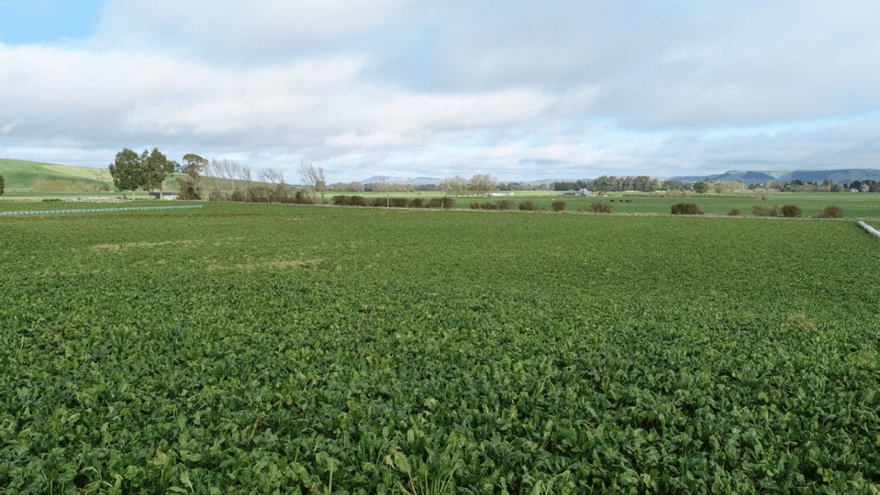
How to accurately assess your winter feed requirements
With autumn here, now’s the time for farmers to estimate how much winter feed supply is available on-farm for stock, how much standing crop can be sold or how much supplementary feed will be needed.
A winter feed yield assessment is a valuable tool to eliminate the guesswork out of estimating feed supply. As Alana Wallace, Crop Monitoring Manager from PGG Wrightson explains, a winter feed yield assessment, “gives farmers a clear picture of the state of their crop including the dry matter content. This is a much more accurate way of assessing feed requirements for stock over winter as opposed to eye-balling a crop or basing feed supply on the same level as last year.”
To conduct a winter feed yield assessment, a PGG Wrightson Crop Monitor takes a one square metre sample of a crop per hectare, separating the sample into leaves and bulbs. If the crop is kale, the sample is weighed as a whole plant. A sub sample is then sent to Hill Laboratories for Dry Matter (DM) testing.
When the results are available, the Crop Monitor meets with the farmer to discuss them. The report provides a breakdown of the number of samples taken, their wet weights and the final DM reading from the laboratory. These results allow for a more accurate calculation of the amount of crop DM per hectare. This greater level of detail helps minimise wastage and eliminates the possibility of underfeeding stock. Results also enable the precise calculation of the amount of supplementary feed required, including baleage and straw. From there, an effective transition and management plan can be implemented for winter.
A further option is to obtain an extended feed test which complements the results from the feed yield assessment, and includes DM testing as well as feed quality results.
If growing a standing crop to sell, a winter feed yield assessment means the sale price can be calculated based on DM quantity for certain crops. This is opposed to selling by wet weight which includes the water content that offers no nutritional value to animals.
A winter feed crop yield assessment is easy to complete. A 10 hectare paddock requires 10 samples and this only takes between 40 minutes to one hour depending on crop condition such as wetness, height and paddock slope. Whilst out taking samples, the Crop Monitor can also assess crop condition, crop variability as well as disease and insect pressure.
To request an independent winter feed crop yield assessment by an experienced PGG Wrightson Crop Monitor, contact your local Technical Field Representative.


